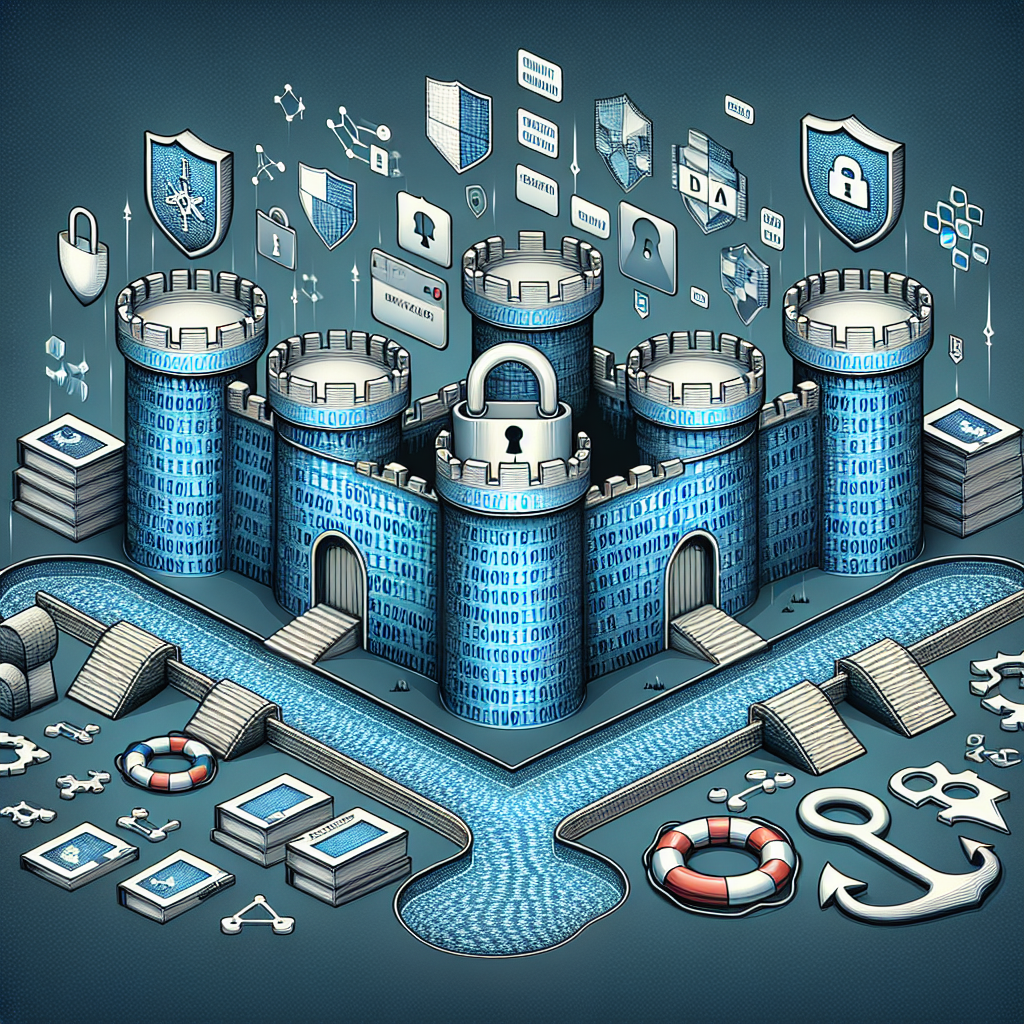Effective IT infrastructure management is crucial for organizations to ensure smooth operations, high performance, and secure data management. IT infrastructure refers to the hardware, software, networks, and other components that support an organization’s IT systems. To ensure the efficiency and effectiveness of IT infrastructure management, organizations need to follow best practices. Here are some key best practices for effective IT infrastructure management:
1. Regular Monitoring and Maintenance: Regular monitoring of IT infrastructure components is essential to identify any potential issues or bottlenecks. By proactively monitoring the health and performance of hardware, software, and networks, organizations can address issues before they escalate into major problems. Regular maintenance, such as software updates, patches, and hardware upgrades, is also crucial to ensure the smooth functioning of IT systems.
2. Disaster Recovery Planning: Organizations should have a robust disaster recovery plan in place to ensure business continuity in the event of a disaster or system failure. This includes regular data backups, offsite storage, and a documented recovery process. Testing the disaster recovery plan regularly is also important to ensure that it works effectively when needed.
3. Security Management: Protecting sensitive data and IT systems from cyber threats is a top priority for organizations. Implementing security measures such as firewalls, antivirus software, encryption, and access controls is essential to safeguard IT infrastructure. Regular security audits and vulnerability assessments can help identify and address any security weaknesses.
4. Scalability and Flexibility: IT infrastructure should be designed with scalability and flexibility in mind to accommodate the changing needs of the organization. This includes using cloud services, virtualization, and scalable hardware solutions to easily expand or scale down IT resources as needed. IT infrastructure should also be flexible enough to support new technologies and applications.
5. Documentation and Configuration Management: Maintaining detailed documentation of IT infrastructure components, configurations, and processes is essential for effective management. This includes documenting hardware and software inventory, network diagrams, and configuration settings. Configuration management tools can help ensure consistency and accuracy in IT infrastructure configurations.
6. Performance Monitoring and Optimization: Monitoring the performance of IT infrastructure components is important to identify and resolve performance issues. By analyzing performance metrics, organizations can optimize IT infrastructure to improve efficiency and performance. This includes tuning hardware and software settings, optimizing network configurations, and implementing performance monitoring tools.
7. Compliance and Regulations: Organizations should ensure that their IT infrastructure management practices comply with industry regulations and standards. This includes data privacy regulations, security standards, and industry-specific requirements. Regular audits and compliance checks can help ensure that IT infrastructure management practices meet regulatory requirements.
In conclusion, effective IT infrastructure management is essential for organizations to ensure the reliability, security, and performance of their IT systems. By following best practices such as regular monitoring and maintenance, disaster recovery planning, security management, scalability, documentation, performance optimization, and compliance, organizations can effectively manage their IT infrastructure and support their business operations.










